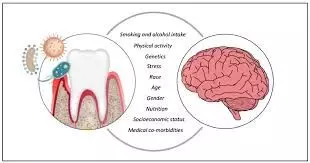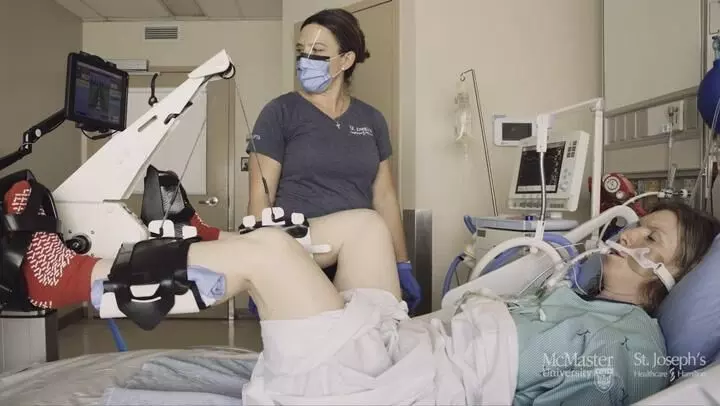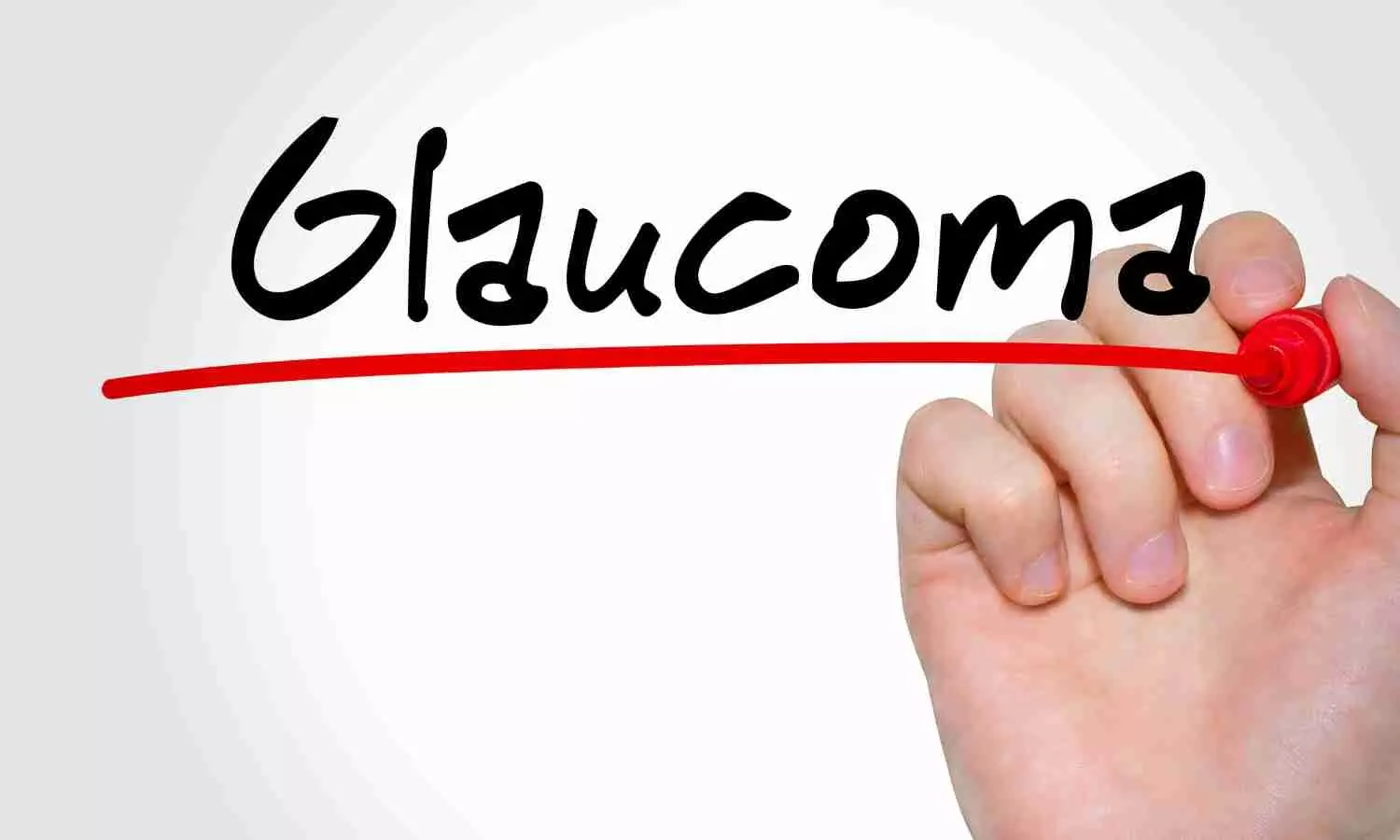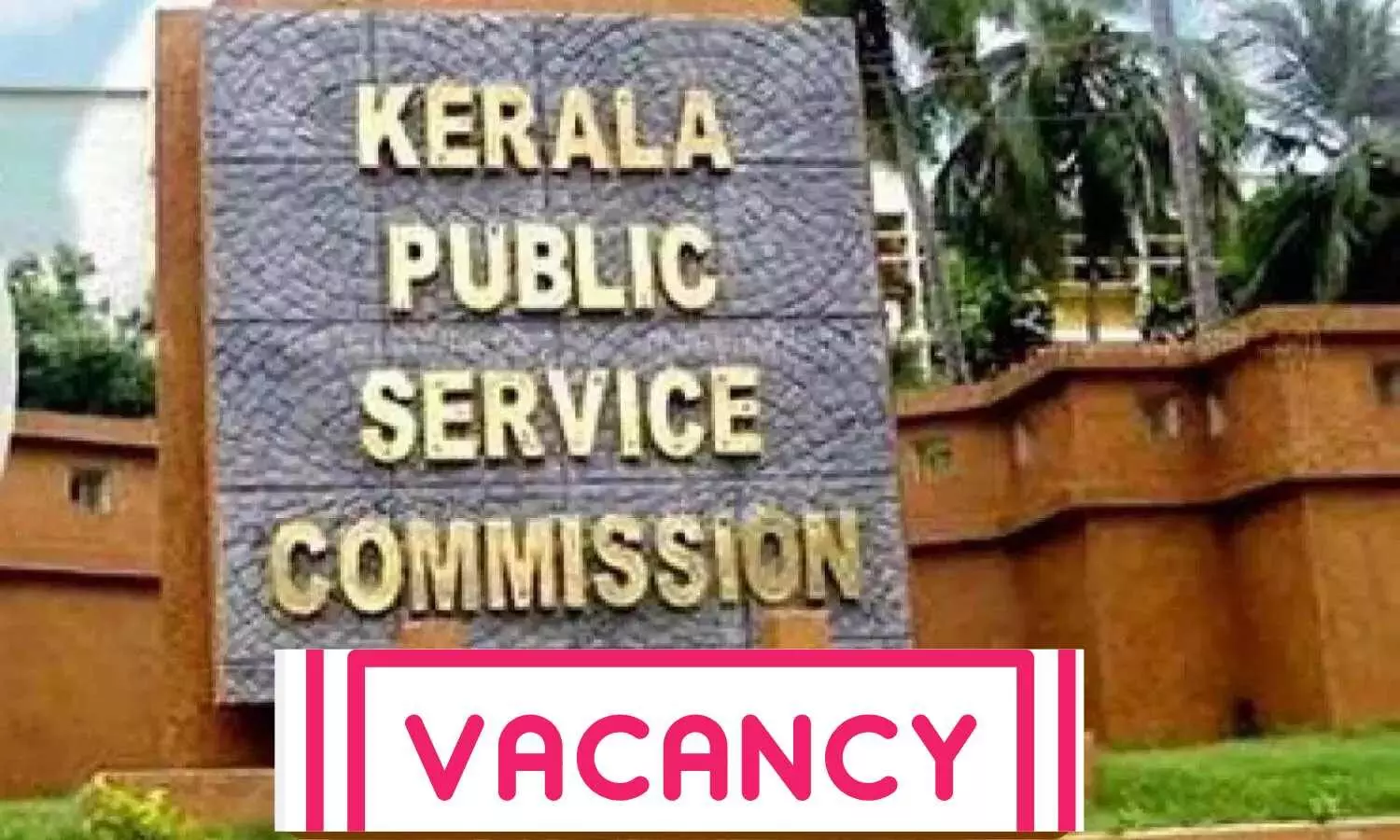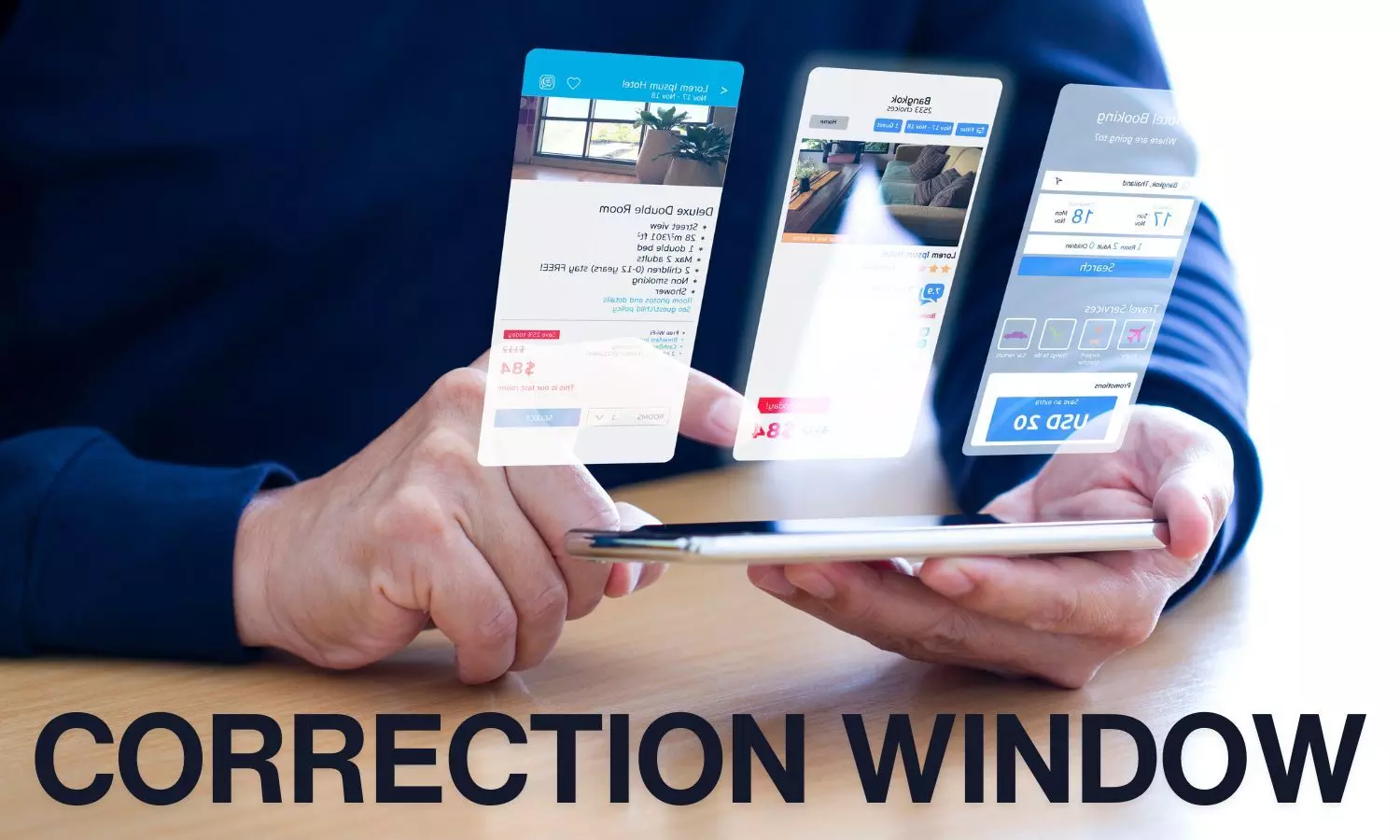What is the significance of the Grand Piano Sign in Total Knee Arthroplasty?
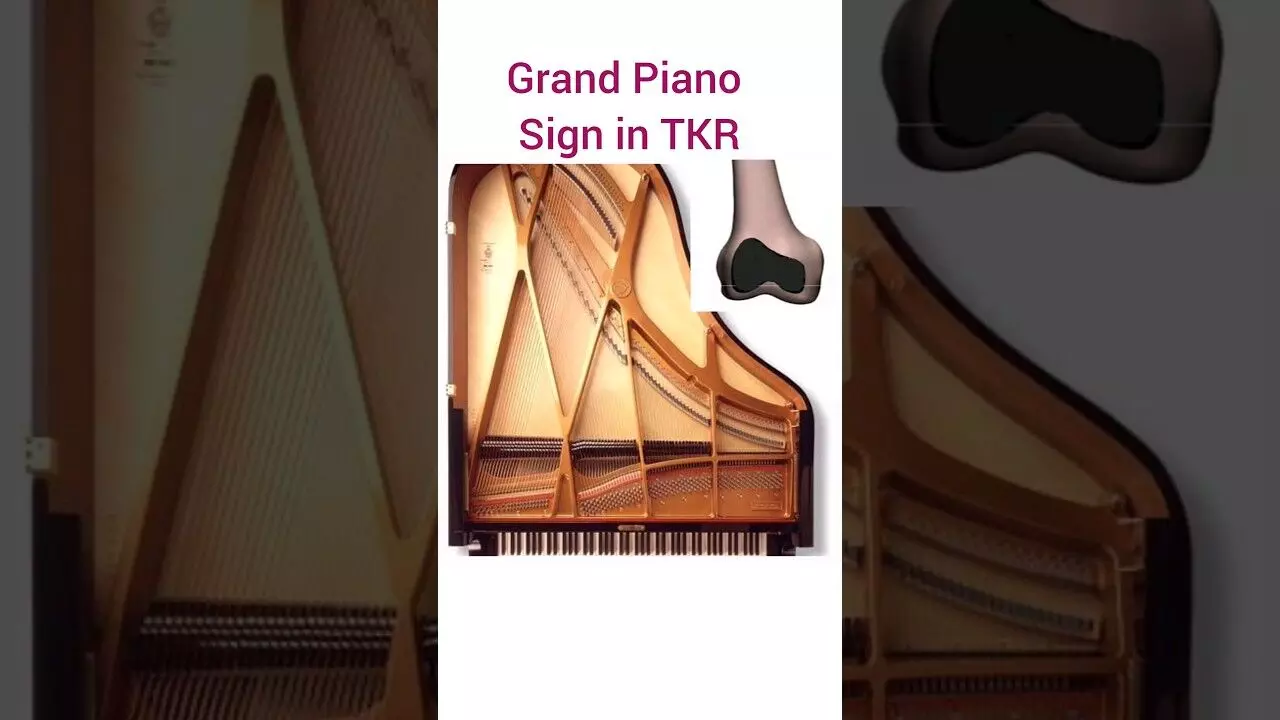
The cut surface of anterior cortex of the femur during a mechanically aligned total knee replacement resembles the top surface of a grand piano. It is said to be a reliable marker for correct rotational alignment of the femur. Manish shah et al conducted a study to analyze if the change of shape is significant and predictable for all changes in alignments and rotations (varus valgus, flexion extension, internal- external rotation). The article has been published in ‘Indian Journal of Arthroplasty.’
A retrospective study was conducted using 200 CT scans of patients undergoing total knee replacement surgery with CT-based 3D planning. A proprietary, interactive, surgery-planning and execution software developed by the lead author was used for 3D reconstruction and planning. The system created a 3D bone model using AI segmentation.
The key findings of the study were:
• A sizable percentage (>40%) of the knees had a single peak.
• When the single peaks were excluded from the analysis, the ratios dropped across all alignments and with varying degrees of flexion of the femoral component. These were tested for statistical significance using ANOVA. The ratios were found to be significant with a change in flexion of more than 2°. The p-values for flexion in the intramedullary axis at +3 and +5 were both significant (p = 0.003 and p = 0.001, respectively).
• The difference in lateral peaks was highly significant for all changes in the flexion of the femoral component; whereas a change of 3 or more degrees of flexion of the femoral component was significant for the medial peak.
The authors concluded – ‘The ratios of the lengths of medial and lateral columns of the grand piano sign vary across different alignments. The changes in ratios and measurements are more a function of the femoral component flexion than varus-valgus or rotations of the femoral component. The difference in measurements among different alignments for the length of the lateral column is highly significant. This makes it a possible tool for validation for implant position in femur with preoperative CT-based 3D planning.’
Further reading:
Significance of Grand Piano Sign for Rotational Alignment of Distal Femur during Total Knee Arthroplasty
Manish Shah et al
Indian Journal of Arthroplasty (2024): 10.5005/ijoa-11025-0008
Powered by WPeMatico


